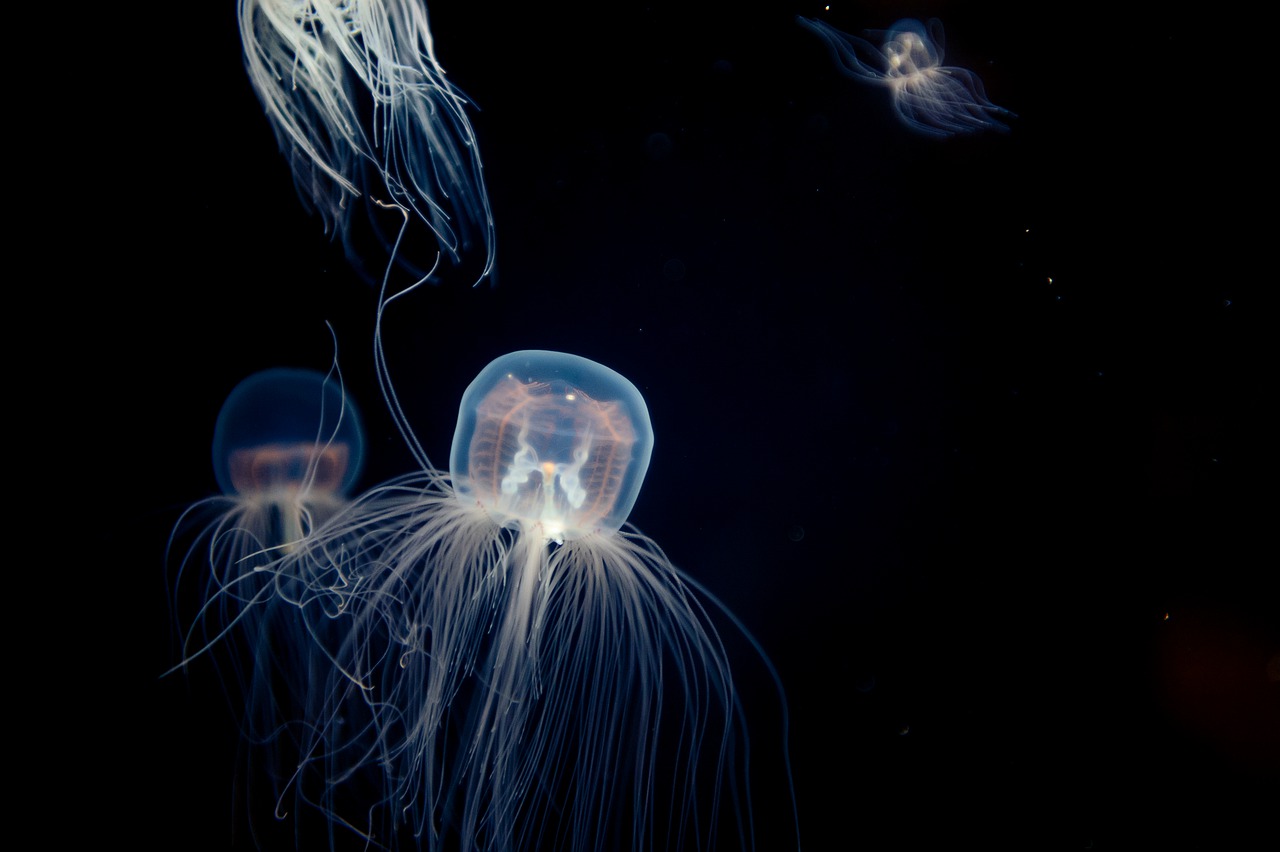With the rise of environmental issues, scientists have been researching innovative techniques to save our planet with the use of technology. While there has been success in this, merging technology with earth-saving responsibilities can face challenges as the technology would have to work without disrupting the ecosystem and environment.
With growing problems with our oceans’ environment, scientists have worked to create a robot that may be the solution to cleaning our oceans without disrupting the natural environment. The Robot Jellyfish replicates an Aurelia Aurita Jellyfish (Moon Jellyfish), one of the world’s most efficient swimmers that can open new possibilities to ocean exploration, collecting specimens, and cleaning our oceans.
What Is It?
The creation of the robotic jellyfish begins at the University of Southampton and the University of Edinburgh, with the development of an underwater robot that utilizes resonance to manoeuvre its way in the water. Resonance uses vibrations that occur because of a force applied at the ideal frequency. Using resonance in the robot allows the robot to operate with minimal amounts of power (100mW) while still moving against gravity speeds of up to 6.1cm/s.
The robot jellyfish is formed with a rubber membrane with eight 3D-printed flexible ribs. The robot mimics a jellyfish as the ribs create a propulsive bell as it expands and springs back which then matches the movement of the Aurelia Aurita jellyfish. This produces sustainable options in the environment as the hybrid structure combines rigid and soft components, letting the jellyfish robot move fast with noise-free propulsion, avoiding any disruptions in the environment around them.
How Does It Work?
Naturally, Jellyfish swimming upwards create currents around its body, this way objects and nutrients become trapped underneath. Through the robotic jellyfish, scientists can have the robots mimic the acts of a jellyfish to create currents around its body. This action then allows the robots to collect objects in the ocean including waste particles, transporting litter upwards where it can later be collected. As “ 70% of marine litter is estimated to sink to the seabed” (Science Daily, 2023), it is crucial to find different methods to collect waste and plastic to avoid further pollution. On top of this, scientists want to allow the tiny robots to collect fragile biological samples operating in sensitive areas such as restoring coral reefs and working in archaeological sites.
Though the technology is still advancing and has yet to be tested in oceanic conditions, the robotic jellyfish creates further opportunities for marine operations without disrupting the environment it surrounds. Working with technology and alongside nature to mimic the natural state of biological creatures can create increased possibilities for improving science and technology through techniques that can benefit the environment rather than create further harm to the natural environment.
Sources:
Image: https://www.popsci.com/technology/jellyfish-robot-ocean-pollution/
Robotics , S. (2021, January 21). Robot “jellyfish” to protect endangered coral reefs. Phys.org. https://phys.org/news/2021-01-robot-jellyfish-endangered-coral-reefs.html
ScienceDaily. (2023, April 25). Jellyfish-like robots could one day clean up the world’s oceans. ScienceDaily. https://www.sciencedaily.com/releases/2023/04/230425111232.htm#:~:text=Roboticists%20have%20developed%20a%20jellyfish,environments%20such%20as%20 coral%20 reefs.
Squid-inspired robot swims with nature’s most efficient marine animals. University of Southampton. (2021, January 21). https://www.southampton.ac.uk/news/2021/01/jellyfish-robot.page
Wang, T., Joo, H.-J., Song, S., Hu, W., Keplinger, C., & Sitti, M. (2023). A versatile jellyfish-like robotic platform for effective underwater propulsion and manipulation. Science Advances . DOI: 10.1126/sciadv.adg0292





